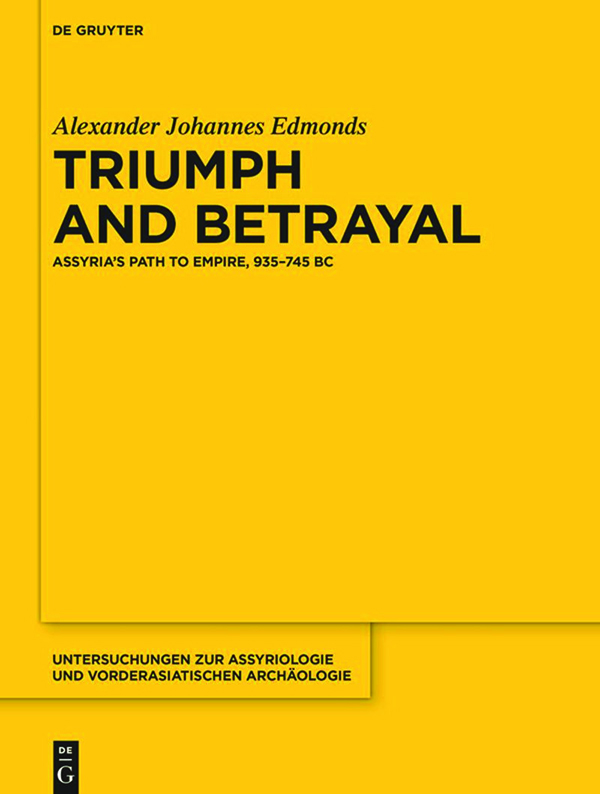Gorman, Michael J. 1 Corinthians: A Theological, Pastoral, and Missional Commentary. Grand Rapids, Mich.: Eerdmans, 2025. xxiii+453 pp. Hb; $39.99. Link to Eerdmans
Michael Gorman’s 2022 Romans commentary (reviewed here) was a theological commentary with a pastoral aim. As explained in that commentary, he wants to engage Romans as Christian Scripture to develop Paul’s theology’s spiritual and practical application in a contemporary Christian context.
Gorman has added a word to the subtitle of this new 1 Corinthians commentary: Missional. The reason is that theological interpretation is “inextricably linked” to pastoral and missional aims. The three aspects of this commentary are not “thinking Christianity” but “living Christianity.” This means the commentary does not address every verse or word. Gorman discusses 1 Corinthians in “discourse units.” Nor does Gorman attempt to catalog all possible interpretations of a given text. This means he does not often interact with modern commentaries, nor are there many footnotes. This is not a “commentary on the commentaries.” Giving priority to theological interpretation does not mean Gorman ignores historical or literary issues. Citing Richard Hays, Gorman says the commentary is “reading with the eyes of faith.”
Theological interpretation is for the life of the church, so it is both pastoral and mission. Pastoral in the son of attempting to form a body of people called to be more faithful likeness of Christ, both spiritually and liturgically (worship). He suggests his commentary is “for the faithful”, not just pastors 28. Mission does not mean the commentary is only for missionaries or Christian workers. Reading scripture is to discern and embody God’s purpose in the world (imago Dei).
To reach these pastoral and mission goals, each unit ends with a series of “spiritual, pastoral, mission, and theological reflections.” These are a series of numbered, brief reflections on pastoral and mission issues drawn from the text treated. Following these reflections, he provides a series of questions for “those who read, teach, and preach.” These are thought-provoking questions from the unit, which will aid readers to think more deeply and help teachers to draw applications when they present 1 Corinthians to their congregation. The body of the commentary is entitled “Commentary with Reflections and Questions.
Gorman’s commentary is also unusual in that it includes three introductions. First, he introduces the apostle Paul (3-26). This introduction is an edited version of the same section in his Romans commentary and is dependent on his Apostle of the Crucified Lord: A Theological Introduction to Paul and His Letters (Eerdmans, 2016; reviewed here). Gorman added proponents for each approach for understanding Paul, and he now includes the social scientific approach. There are several new footnotes. His conclusion to Paul’s theology is slightly expanded, agreeing with James Dunn that there is no gulf between Paul and Jesus (22). The second introduction is a two-page explanation of the methodology of the commentary.
In the third introduction (30-85), Gorman does not begin with the usual introductory issues found in a commentary. In the first eighteen pages of this introduction, he discusses 1 Corinthians as a theological, pastoral, liturgical, missional, and contemporary text. As a theological text, he suggests that the fundamental issue in the letter is the cross and the spirit. He does, however, list two pages of potential theological issues discussed in 1 Corinthians. However, this commentary focuses on the crucified and resurrected Messiah and how the reader can live a life in the Spirit. First Corinthians is essentially Christological, pneumatological, and ecclesiological. As he did in his Romans commentary, the Christian life is a living sacrifice (Romans 12:1). Therefore, Gorman frequently uses the word cruciformity in the commentary. For Gorman, the Christian life is a cross-shaped life, and most fundamentally, the work of the Holy Spirit. Concerning ecclesiastical identity, Paul describes the Corinthian church as needing to be unified, holy, catholic (global), and apostolic (35). These four categories will drive much of his exegesis. “1 Corinthians is a theologically rich pastoral letter of community formation, urging the church to be a resurrectionally cruciform charismatic community that is one, holy, catholic, and apostolic in character” (38).
As a pastoral text, Corinthians is formational. Paul wants to transform his readers, to inform them spiritually (38). In 1 Corinthians 1:8, Paul states that his goal is to prepare the readers “to be blameless on the day of the Lord Jesus Christ.” This is a work of God, specifically the Holy Spirit. As a liturgical text, Paul aims to draw the readers more completely away from idolatry and into genuine worship of the triune God. As a mission text, Corinthians encourages the transformed readers to become credible witnesses in their world 43. Christians participate in God’s mission (Christ’s and the Holy Spirit’s ongoing mission). First Corinthians ecclesiology is not about the church’s internal life, but about how the church bears witness to the world (friends, family, neighbors). First Corinthians is also a contemporary text. Most readers of Corinthians notice similarities between the issues discussed in the letter and the contemporary church (whether Western, Asian, etc.). “Paul’s concern is to redefine power in the light of the cross and to keep the resurrected Lord united to the crucified Messiah in a contemporary context (47).
After his rich description of the theological, pastoral, and missional issues in 1 Corinthians, Gorman discusses the “Story behind the Letter.” This section sets the context of the letter. This includes the history and geography of ancient Corinth and Paul’s mission as described in Acts 18. He describes the “chaos at Corinth,” which began with factions based on who baptized whom. These factions develop into lawsuits among the brothers, moral scandals, and confusion over marriage. Gorman calls this a four-dimensional array of turmoil,” that his ecclesial, moral, liturgical, and theological (55). The root cause of the chaos was a complex set of interrelated social, sexual, and spiritual problems that pitted (so-called) the enlightened (the strong) against the unenlightened (the weak) (58).
In “The Story Within the Letter,” Gorman introduces Paul’s rhetorical strategies and theological emphases. Since believers live between the first and second coming of Jesus, Paul’s view of the Christian life is bifocal. Believers live in the “overlap between the ages,” participating in the new age and new creation even though it has not fully arrived. In 1 Corinthians, Paul envisions a charismatic community. Gorman means charismatic in the sense of being “Spirit-filled” and understanding that charis has a wide range of meanings (favor, gift, grace). Charismatic does not refer here to a modern charismatic church, but rather living a life of grace. But Paul is not interested in taming the Holy Spirit. He wants to refocus the Corinthians’ understanding of what the Spirit is up to in their midst” (65).
First Corinthians is therefore a call for believers to embody the loving Christ’s humility, faithfulness, and self-giving love as enabled by the Holy Spirit (65). In Gorman’s terms, a resurrectional, charistmatic, cruciform life). Some Corinthian believers are unified, but they are unified in unholy, unspiritual ways. They must refocus their identity on the cross of Christ. This section also unpacks in more detail Gorman’s four marks of the church (unity, holiness, catholic, and apostolic). To this list he adds participation (koinonia) and the character of the triune God.
The commentary proper is divided into “discourse units” rather than verse-by-verse. There is no attempt to deal with every word or exegetical issue. Gorman’s theological interpretation method always focuses on the larger context of the letter (and the situation behind the letter). He occasionally uses a Greek word, but always in transliteration, and he does not deal with grammatical or syntactical minutiae. Footnotes interact with contemporary commentaries, but Gorman often refers to historic commentators. There are a few brief excurses scattered throughout the book. Each section ends with a series of reflections on the unit and questions for readers and teachers. These reflections and questions encourage readers to think more deeply about possible contemporary applications to church life (or, how does the modern reader of 1 Corinthians live a resurrectional, charismatic, missional, cruciform life?)
There are many controversial texts in 1 Corinthians, but I will only comment on one in this review. On 1 Corinthians 14:33-35, Paul’s prohibition on women speaking in church, Gorman entertains the possibility that these verses are a later addition to the letter. Paul does not silence all women (since they publicly pray in 11:5). If Paul wrote these verses, Gorman suggests Paul is responding to a specific situation in the Corinthian church. Some women are contributing to the chaos. Paul’s goal in “self-restraining silence is love,” and “its goal is edification, order, and peace” (359). He suggests we “give Paul the benefit of the doubt.”
Conclusion: Like his commentary on Romans (reviewed here), this 1 Corinthians commentary is a pleasure to read. It will serve pastors and teachers well as they prepare to present this critical Pauline letter to their congregations. Anyone planning to teach 1 Corinthians needs to buy (and use) this commentary.
NB: Thanks to Eerdmans for kindly providing me with a review copy of this book. This did not influence my thoughts regarding the work.

 1 week ago
22
1 week ago
22











 English (US) ·
English (US) ·